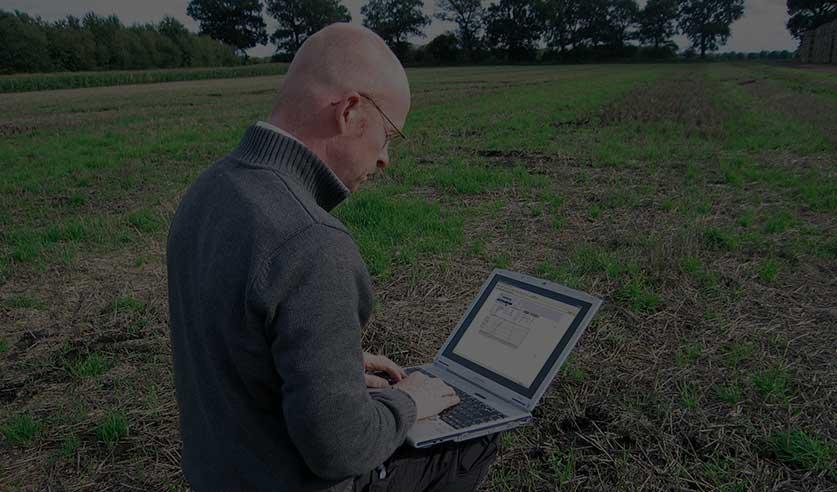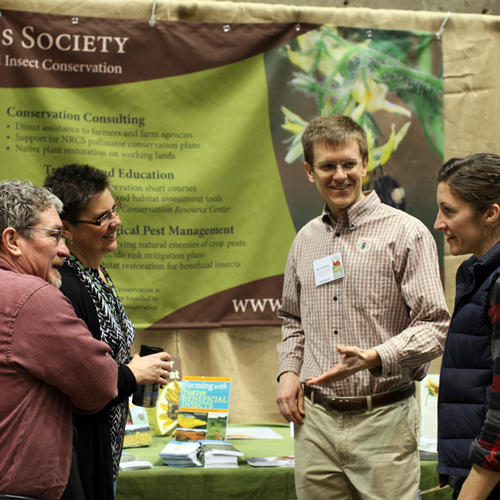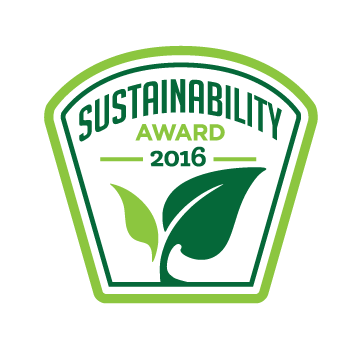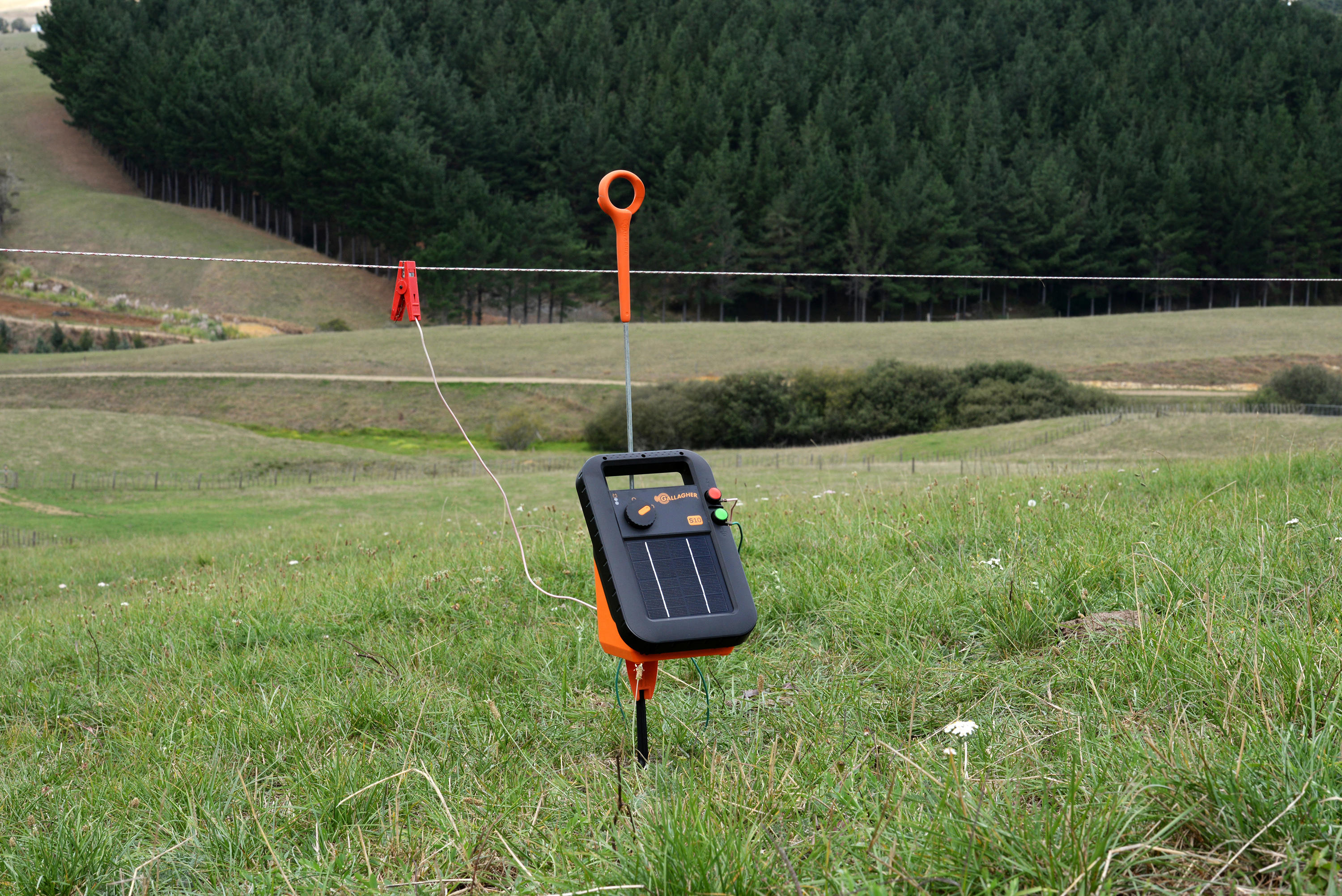Personal Selling
Electric fencing can be sold directly to individual farmers and large corporations. In both cases, personal selling can be applied to increase sales, although the strategies in both cases would differ.
To target individual consumers, it would be beneficial to create a personal branding campaign to reinforce the brand recognition (Chitty, Luck, Barker, Valos, & Shimp, 2011). The easiest way to do this is to conceive a marketing campaign centred on a recognisable character. Specifically, this could be a distinct well-educated farmer equipped with relevant knowledge in the field and exhibiting a prominent sceptical approach to information (Technology of sustainable farming, n.d.).

In such way, it is possible to account for the product’s negative association with animal suffering. Animal rights activist groups are highly visible in today’s media environment and will likely influence the decisions of people who are not familiar with specificities of the product or the innovations offered by Gallagher. At the same time, most of the misconceptions about electric fencing (as well as modern farming in general) can be collectively addressed in a relatively short lecture. The suggested personal branding strategy has two strong points. On the one hand, the professional farmers are expected to sympathise with someone who takes security seriously and shows considerable knowledge in the field. On the other hand, reasonable arguments and critical attitude of the character would appeal to a segment of the audience unfamiliar with the product’s profile. In the former case, the brand is expected to associate with knowledge while in the latter case the move would gain new audience, covering the previously untapped segment.
For large businesses, personal salesperson is desirable. This person must be knowledgeable on perceived weaknesses and strengths of Gallagher’s products (Personal selling process, n.d.).

Since corporations are usually familiar with controversy described above, they are expected to appreciate information which would help them mitigate the possible adverse effects of using electric fencing. Thus, parameters of safety, reliability, and environmental impact are to be researched on the pre-approach stage and processed to create accessible data for presentation. In this way, the strategy has better chances of fostering trust of partners familiar with drawbacks of using electric fencing and sympathy with the brand as both honest and responsible about its produce.
Sponsorship Marketing
Currently, the company’s website contains no information on the sponsorship programs of any kind. Nevertheless, it can be argued that a properly conceived it is required to further boost the effect of personal marketing. The most obvious way of doing this is organising an event aimed at sustainability, green farming, organic farming, or a similar event associated with environmental awareness (MOSES Organic Farming Conference, n.d.)

This will also ensure stronger association with the sponsor (because of closely connected fields) and allows utilising the brand image gained through personal branding and selling. While such move is already known to backlash when an activist group reacts to highly contrasted sponsorship (Brown, 2016), such outcome is unlikely in our case since Gallagher is associated with controversy far less strongly than companies directly involved in meat or fur production and having bad publicity (Gallagher logo, n.d.).

More widely accepted moves such as music concerts are less effective since the product offered by the company is not associated with lifestyle and therefore is not expected to leave a strong impression. Therefore, the focus should remain within the domain of social and scientific programs and, possibly, grants and awards to individuals who contribute to development of sustainable technologies (Sustainability award, 2016).

In fact, the latter is often readily embraced by the press since it creates a significant emotional reaction and should, therefore, be incorporated into IMC strategy.
Public Relations
Considering the presence of controversy on the subject, public relations are especially relevant for the strategy. Since the likely cause of its shortcomings is well-understood and allows a narrow focus, marketing public relations (MPR) are to be preferred (Chitty et al., 2011). The proactive MPR such as declarative press releases describing the benefits of Gallagher’s products will likely be inefficient since the public tends to cynically dismiss such statements based solely on their origin and on condition that they do not coincide with their preferred agenda. Besides, there is little chance of garnering the positive attention of press for Gallagher’s products. However, a sound argumentation has sufficiently more weight in capturing reader’s attention.
Therefore, MPR can make use of debates or lists of popular misconceptions. However, the main effort should be directed at reactive marketing. The primary reason for this is the likelihood of future controversy which commonly occurs in the farming industry and may involve the use of electric equipment in its scope (Balk, 2014). To address this possibility, probable origins of such controversy need to be examined and prioritised. Next, research must be conducted the results of which would be sufficient to disprove the most scandalous and least substantiated claims (which, unfortunately, are a common component of such phenomenon). Finally, upon the occurrence of undesirable effect the results are to be made available to the public as a press release, preferably in the form which is comprehendible to laypeople yet contains no scientific inconsistencies (to exclude the possibility of criticism by the scientific community).
It should be noted that the information in question rarely garners public attention because of its complexity and dryness. Therefore, the response should be constructed in the manner which appeals to activists rather than scientists (the segment which has far more influence on consumer behaviour) (Lirael, 2014). At this point, the savvy and scepticism built up during the personal marketing phase can serve as a direction to construct an argument. If the public is already familiar with the desired image of competent and knowledgeable brand, the possibility of success would be much higher. As a result, the reactive MPR has a far better chance of strengthening (or, in the case of early occurrence, conceiving) the positive image of the company than the proactive one.
Conclusion
The IMC strategy chosen by Gallagher contains several strong points. Specifically, it visibly relies on the R&D base, emphasises the technological advances of its product, and provides additional points of data which are not required for the use of their products but can be beneficial to the customers (Gallagher, 2016). Besides, some of the company’s products can be associated with sustainable farming (e.g. solar-powered devices) (S20 Solar Energizer, n.d.).

Therefore, it is appealing to the customers who are already familiar with the concept of electric fencing. Nevertheless, the strategy does not address the segment which is reluctant to start using them. Besides, it does not account for the possibility of backlash created by recent trend of environmental awareness. Therefore, it is recommended to establish a strategy directed at confronting rather than shying away from the controversial questions such as cruelty, create sponsorships for programs associated with sustainability and environmental friendliness, and build up a knowledge base aimed specifically at misconceptions and misinterpretations of the existing data. With these areas addressed, the company is expected to cover bigger audience and protect itself from possibility of bad publicity.
References
Balk, J. (2014). Why global food companies are dumping animal cruelty. Web.
Brown, M. (2016). BP sparks campaigners’ fury with new arts sponsorship deals. Web.
Chitty, W., Luck, E., Barker, N., Valos, M., & Shimp, T. A. (2011). Integrated marketing communications. Independence, KY: Cengage Learning.
Gallagher. (2016). Electric fence systems. Web.
Gallagher logo [Image]. (n.d.). Web.
Lirael, A. (2014).The interplay of science and activism. Web.
MOSES organic farming conference [Image]. (n.d.). Web.
Personal selling process [Image]. (n.d.). Web.
S20 solar energizer [Image]. (n.d.). Web.
Sustainability award [Image]. (2016). Web.
Technology of sustainable farming [Image]. (n.d.). Web.